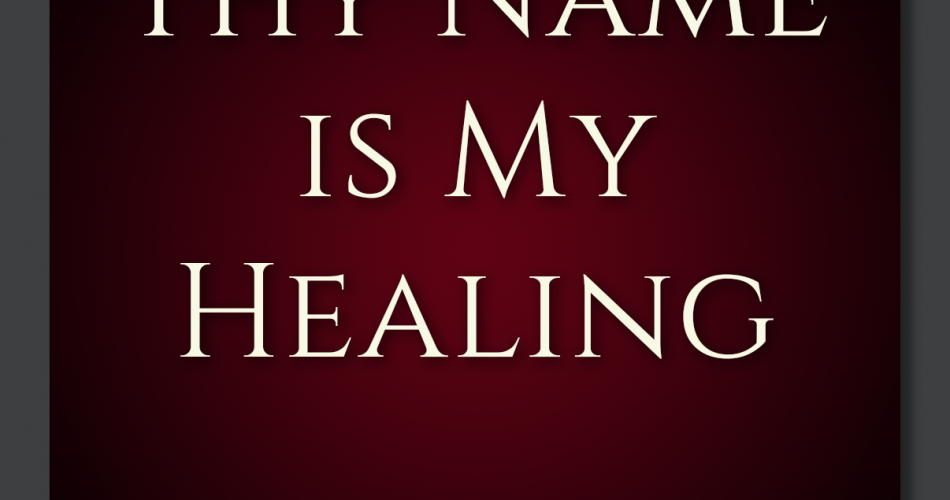Thy name is my healing, O my God and remembrance of Thee is my remedy. Nearness to Thee is my hope, and love for Thee is my companion. Thy mercy to me is my healing and my succor in both this world and the world to come.
Thou, verily, art the All-Bountiful, the All-Knowing, the All-Wise.
Bahá’u’lláh
يَا إِلَهِي اسْمُكَ شِفَائِي وَذِكْرُكَ دَوَائِي وَقُرْبُكَ رَجَائِي وَحُبُّكَ مُؤْنِسِي وَرَحْمَتُكَ طَبِيْبِي وَمُعِيْنِي فِي الدُّنْيا وَالآخِرَةِ وَإِنَّكَ أَنْتَ المُعْطِي العَلِيْمُ الحَكِيْمُ
حضرت بهاءالله
This short healing prayer, one of the most beloved of all Bahá’í prayers, was revealed by Bahá’u’lláh as a part of Lawḥ-i-Ṭibb, also known as the “Tablet to a Physician,” and appears towards the very end of this Tablet.
The Lawḥ-i-Ṭibb is a Tablet containing specific teachings regarding medicine, health, and the nature of spiritual healing. It was revealed by Bahá’u’lláh in ‘Akká in the late 1870s and was addressed to Áqá Mírzá Muḥammad-Riḍáy-i-Ṭabíb, a physician from Yazd who, according to Shoghi Effendi, was a student of the old type of healing prevalent in the East familiar with the terminology used in those days.
Áqá Mírzá Muḥammad-Riḍáy-i-Ṭabíb was the recipient of a number of Tablets from Bahá’u’lláh throughout his life. This most famous of the Tablets he received has no authorized translation into English yet, but provisional translations can be found online. One of the few parts which does have an authorized translation is this short healing prayer.
Interesting Fact
The recurring long I in this prayer, which sounds like “ee” and gives the impression of rhyme, is a marker for the first-person singular pronoun “my” that is attached to nouns to make them possessive. Hence, shifáʼ means “healing,” and shifáʼí means “my healing.”
Original Sources
Further References
